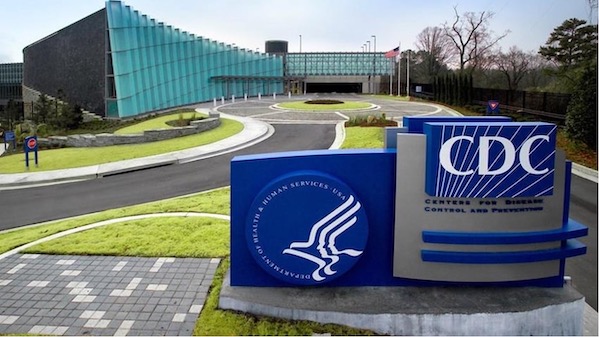CDC
May 22, 2023
Source: drugdu
 431
431

As early signs point to a potential resurgence of mpox cases in the U.S. this summer, the Centers for Disease Control and Prevention (CDC) is rolling out real-world data for Bavarian Nordic’s vaccine and urging at-risk people to take two shots.Bavarian Nordic’s Jynneos, given in two doses, is estimated to be 85.9% effective against mpox, a real-world case-match study conducted in 12 U.S. jurisdictions showed. At one dose, the vaccine was found to be 75.2% effective.
The CDC released the results in its new Morbidity and Mortality Weekly Report (MMWR). The report comes as a cluster of 21 mpox cases was reported in Chicago, with several diagnoses among those who were vaccinated raising concerns over Jynneos' efficacy.
Although Jynneos’ efficacy may look similar between the partial and full doses in this study of about 900 people, the CDC is still calling for at-risk people to take two doses because the duration of protection remains unknown.
Jynneos was cleared by the FDA for mpox in 2019 based on antibody responses seen in its smallpox clinical trial and data from mpox challenge studies in monkeys. Previous real-world studies in Africa suggest that smallpox vaccines are about 85% effective against mpox.
However, another CDC real-world study conducted in a larger pool of individuals showed much lower efficacy of Jynneos, according to results published Thursday in The New England Journal of Medicine. In a case-control analysis in more than 10,000 people from a nationwide electronic health record database, Jynneos was estimated to be 66% effective after two doses, whereas the one-dose efficacy was just 35.8%.
Despite the gap in findings, the studies both showed that one dose of vaccination is good, and two doses are better, Demetre Daskalakis, M.D., deputy coordinator of the White House National Mpox Response, told reporters during a press briefing Thursday. The effectiveness data only captured the prevention of symptomatic infection but not other benefits such as reducing disease severity, he added.
“As a weather forecast, this definitely tells us that these vaccines work and that our strategy of vaccinating people and getting both doses really remains core to our efforts to prevent mpox,” Daskalakis said.
As for why these studies showed such different results, Chris Braden, M.D., CDC’s Mpox Response Incident Manager, said the two studies had different data sources and used different methodologies. He called the NEJM study “strong” because it’s larger and enrolled a national cohort based on anonymized medical records. The CDC MMWR study, meanwhile, relied on patient consent, which he said could introduce bias into the estimates.
The latest vaccine efficacy update comes as the CDC updated its official messaging around the disease, warning of a possible resurgence of mpox cases this summer.
Meanwhile, the number of cases reported from a Chicago cluster has increased to 21, and most of the patients have had at least one vaccine dose, according to officials. The CDC and the Chicago Health Department are still trying to understand why infection happened after vaccination in these patients, Daskalakis said.
Since the latest mpox outbreak emerged a year ago, more than 1.2 million doses of vaccine have been administered, according to the CDC. To stretch the supply of Jynneos, the U.S. last year adopted an intradermal administration method, which allows for a smaller dose than the original subcutaneous route.
Based on available supply and manufacturing activities, Daskalakis said the U.S. is “in a really good position” to cover demand for Jynneos.
Reference: https://www.cdc.gov/mmwr/volumes/72/wr/mm7220a3.htm
Read more on
- Jinghong Medical Secures Series A Strategic Financing, Co-led by Venture Capital and Binhu Industrial Group with FTEC Capital as Exclusive Financial Advisor December 29, 2025
- Brazil to launch single-dose dengue vaccination program; Chinese companies help boost vaccine production capacity December 29, 2025
- China Biopharmaceutical’s innovative drug TQH3906 completes Phase II clinical trial. December 29, 2025
- Transcenta Group-B and EirGenix Reach Biopharmaceutical Manufacturing Collaboration Agreement December 29, 2025
- Sinovac Biotech’s adsorbent tetanus vaccine officially launched December 29, 2025
your submission has already been received.
OK
Subscribe
Please enter a valid Email address!
Submit
The most relevant industry news & insight will be sent to you every two weeks.



